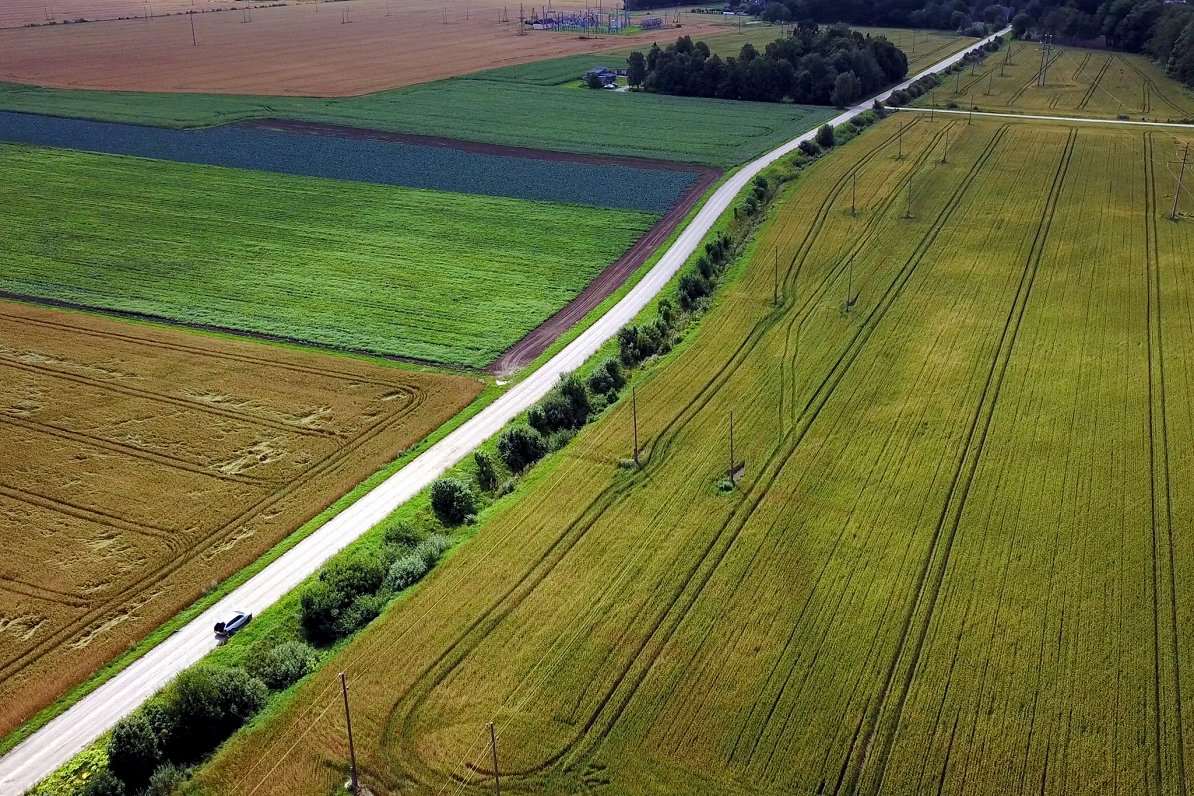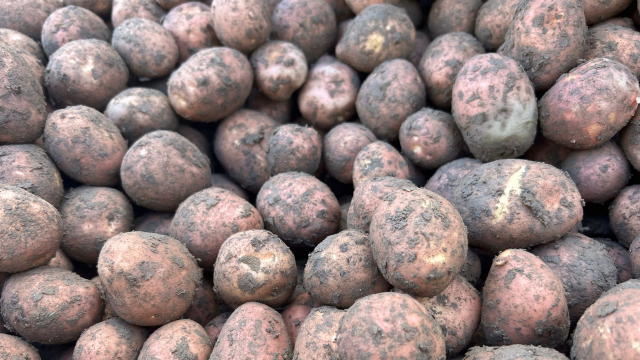Provisional results of the Agricultural Census 2020 published May 12 by the Central Statistical Bureau (CSB) show that within 10 years, the number of agricultural holdings has decreased by 14.4 thousand or 17.2 %, but the utilized agricultural land has increased by 163.7 thousand ha or 9.1%.
According to the results of the agricultural censuses conducted by the CSB, the number of economically active agricultural holdings has decreased more than twice during the last 20 years. The most rapid changes took place between 2001 and 2010, when the number of holdings decreased by 40.8 %. During this period, the utilized agricultural land increased by 8 %. In the last four years, this area has increased by only 29.2 thousand ha or 1.5 %, but the number of agricultural holdings has decreased by 0.9 thousand or 1.3 %.
Over the last 20 years, the area of utilized agricultural land on average per one holding has increased 2.4 times. In 2020, it increased to 28.4 ha on average per holding, which is 6.8 ha or 31.8 % more than in 2010.
Number of agricultural holdings and utilized agricultural area (UAA)

In 2020, there were 156.5 thousand permanent employees in agriculture or by 13.5 % less than in 2010. On average, the number of employees on one agricultural holding has increased from 1.9 employees in 2001 to 2.3 employees in 2020.
Since 2001, the total sown area of agricultural crops (cereals, pulses, industrial crops, potatoes, vegetables, fodder etc.) on average per one holding has increased five times: from 6.7 ha in 2001 to 34 ha in 2020. During the last 10 years, the sown area per one agricultural holding increased on average by 15.1 ha or by 79.9 %.
Comparing the results of the agricultural censuses of 2020, 2010 and 2001, there is a tendency that the area of the cereal cropland is increasing in agricultural holdings growing cereals. In 2020, on average, 37.6 ha of cereals were grown in one cereal growing agricultural holding or by 87.1 % more than in 2010 and 5.5 times more than in 2001.
On agricultural holdings growing industrial crops (winter and summer rapeseed, flax, medicinal plants etc.), the area sown of these crops per agricultural holding decreased on average from 57.0 hectares in 2010 to 52.5 hectares in 2020. Compared to 2016, in 2020 the sown areas of industrial crops per agricultural holding increased on average by 12.6 %. The area under rapeseed have increased significantly: on average from 50.2 hectares in 2016 to 58.3 hectares in 2020 in one rapeseed growing agricultural holding.
Sown area on average per holding


The results of the agricultural census show that large agricultural holdings are emerging that specialize in breeding livestock. On July 1, 2020, there were 25 thousand agricultural holdings breeding livestock. The number of cattle holdings has decreased twice from 35.1 thousand in 2010 to 16.3 thousand in 2020, but the herd size has increased 2.3 times - from 11.2 to 25.5 cattle on average per holding.
A similar trend is observed in the changes in the number of dairy cows and pigs on average in one breeding holding: in 2020 there were 11.7 dairy cows and 41.6 pigs, which is twice as much as in 2010. There is a strong specialization in laying hen farms, as 90 % of the total number of laying hens is reared in large poultry holdings (0.1 % of all poultry holdings), where the number of poultry exceeds 10 thousand. Other laying hen holdings had an average of 28.3 hens.
Number of livestock and poultry on average per holding































